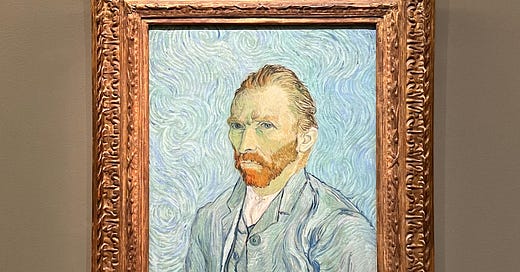A surprising art history lesson for our AI era
Van Gogh, AI, and what we’re all craving right now (hint: it’s not more, faster, now)
There’s this fascinating little art history moment I keep coming back to.
I (accidentally) stumbled upon it when I was watching YouTube reviews of the LEGO Vincent Van Gogh - Sunflowers set.
In the late 1800s, the camera obscura entered the scene, and for the first time, the world didn’t need painters to recreate reality. Prior to this, artists were hired to paint the most realistic portraits they possibly could. Now, cameras could do it faster, more easily, and relatively more cheaply.
“What can we do that cameras can’t?”
In direct response to the camera, painters stopped trying to copy the world exactly as it looked and started painting it as it felt.
Enter: Impressionism.
Instead of striving for precision, they leaned into blur. Movement. Mood. Blurring the lines between fantasy and reality, even. They painted what cameras couldn’t see: the softness of rain, the warmth of light, the swaying of a tree. They filtered the world (and their work) through expression and feeling, versus the camera which only gives you exactly what something looks like in real life. Impressionists also experimented with lots of color since cameras could only do black and white.
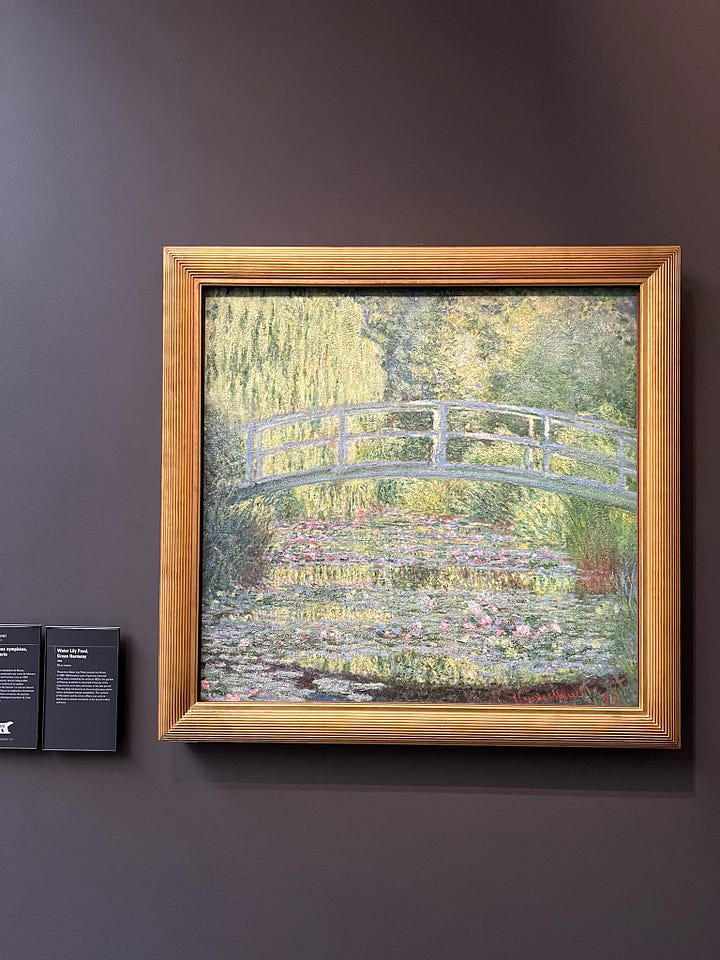
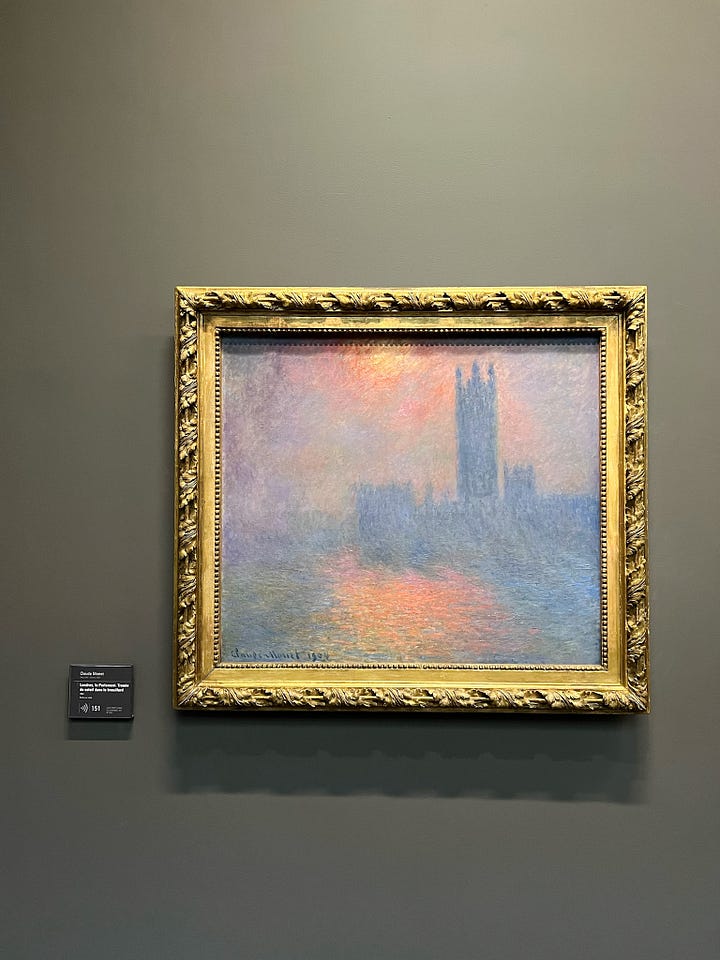
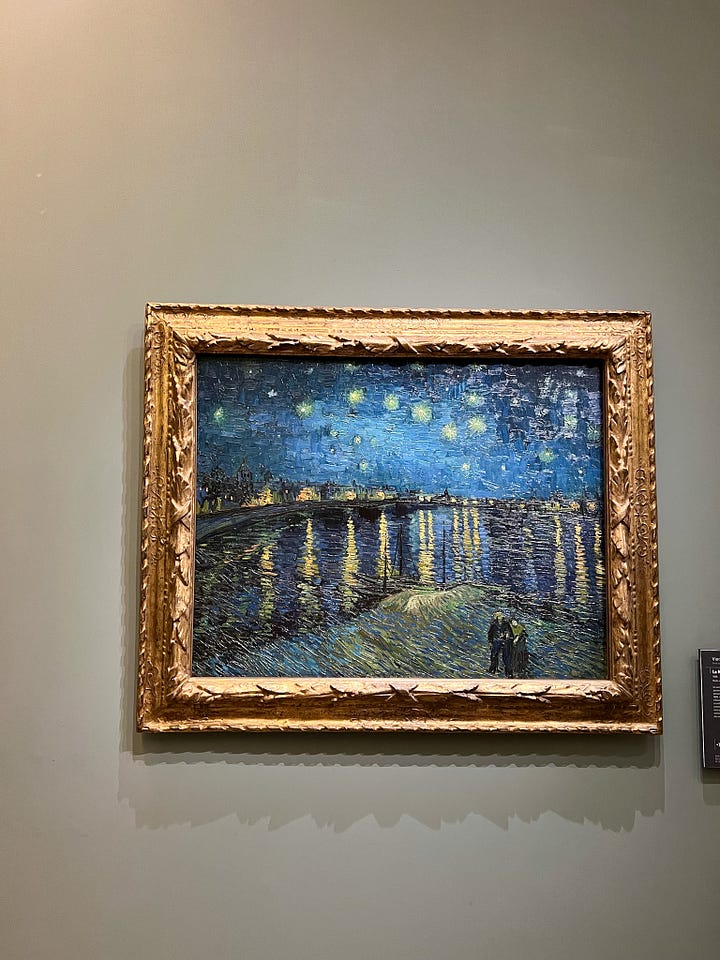
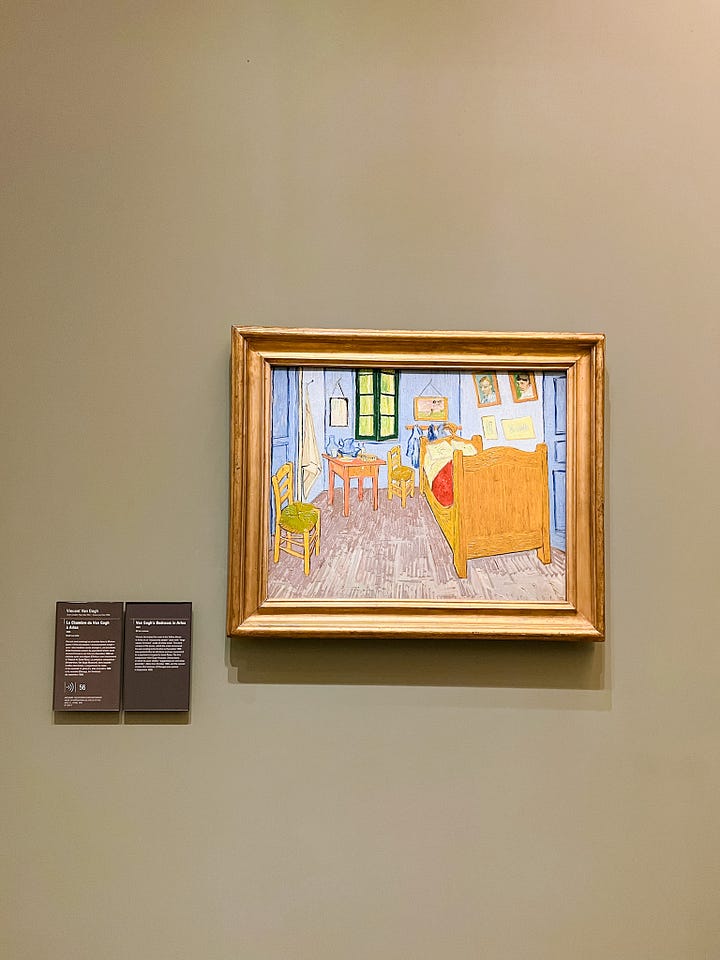
Are we standing at a similar edge?
Now, here’s why this little history moment won’t leave me alone:
It feels like the same question we’re facing now.
With AI flooding every industry and algorithmic precision dominating how we show up online and what we consume, I’ve started to ask:
What can we do that machines can’t? What are we that machines are not?
We’re not just overloaded, we’re flattened. By speed. By sameness. By the demand to produce and prove and work in ways that are endlessly optimized.
I think we’re starting to crave the same things the impressionists did: more feeling, more aliveness, more soul.
I’ve said before that creativity isn’t just a soft skill, it’s a survival skill now. Yes, AI may have a brain that thinks and organizes and optimizes and does all these amazing things, but it does not have a beating heart. It’s us humans that create meaning.
Where AI can generate an image, humans still notice the glint in someone’s eye, the slight shift in tone, the way the light feels on your skin when you walk out of a cold building into the afternoon sun.
That’s the stuff algorithms can’t touch.
That’s why I keep coming back to creativity as a practice. It doesn’t have to be grand and you don’t have to paint like Van Gogh 👨🏼🎨.
It can be doodling to decompress after a meeting. Making a flower arrangement from flowers you picked up during a grocery run. Sending snail mail like a handmade card.
Small things, done often — that’s how creativity builds and aliveness returns.
The question I’m hoping we can all hold for ourselves isn’t, “Am I creative?”
It’s “Am I tending to the part of me that can’t be automated?”


